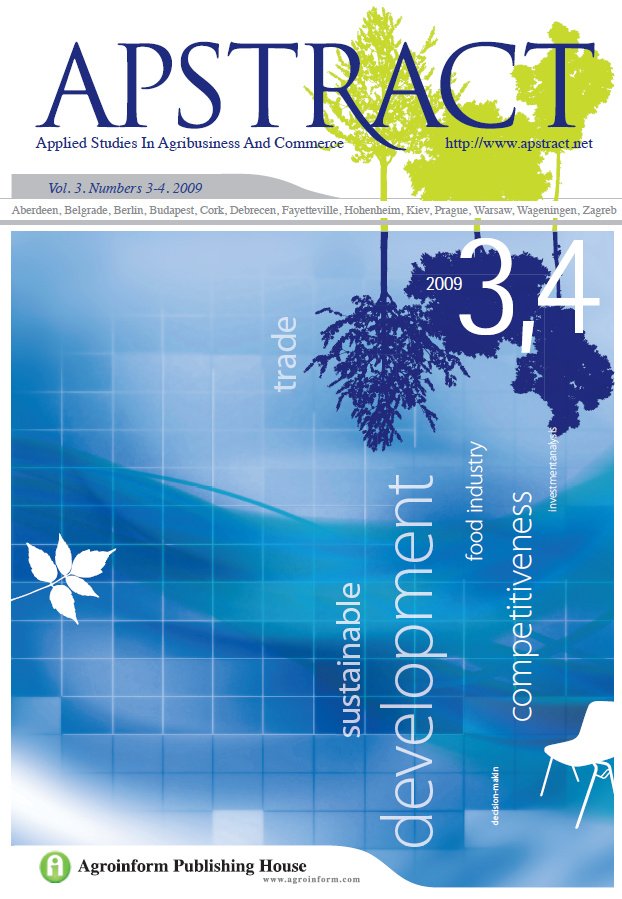Performance imbalances in the chain: EU traditional food sector
Authors
View
Keywords
How To Cite
Abstract
Organizations nowadays no longer competeas independent entities, but as chains(Christopher, 1998; Cox, 1999; Lambertand Cooper, 2000). Hence, being part of a well-performing chain is crucial for the future of the individual food firm, especially in the context of the globalizing economy. As a result, the objective of this study is to identify performance imbalances of traditional food chains.Therefore, quantitative data were collected via individual interviews with 271 chain member (91 suppliers, 91 focal companies and 89 customers) of 91 traditional food chains from three European countries(Belgium, Italy and Hungary), representing six different traditional food product categories (cheese, beer, ham, sausage, white pepper and bakery). The results differentiate six different kinds of chain imbalances, namely: dyadic upper and lower, up-and down stream, internal and external indicate both dyadic and chain-wise imbalance. Most chain imbalances are noticed in relation to lowering logistic costs and to reducing lead time. Future research should extend the list of performance indicators with parameters other than economical ones such as ecological and social ones.


 https://doi.org/10.19041/APSTRACT/2009/3-4/1
https://doi.org/10.19041/APSTRACT/2009/3-4/1




